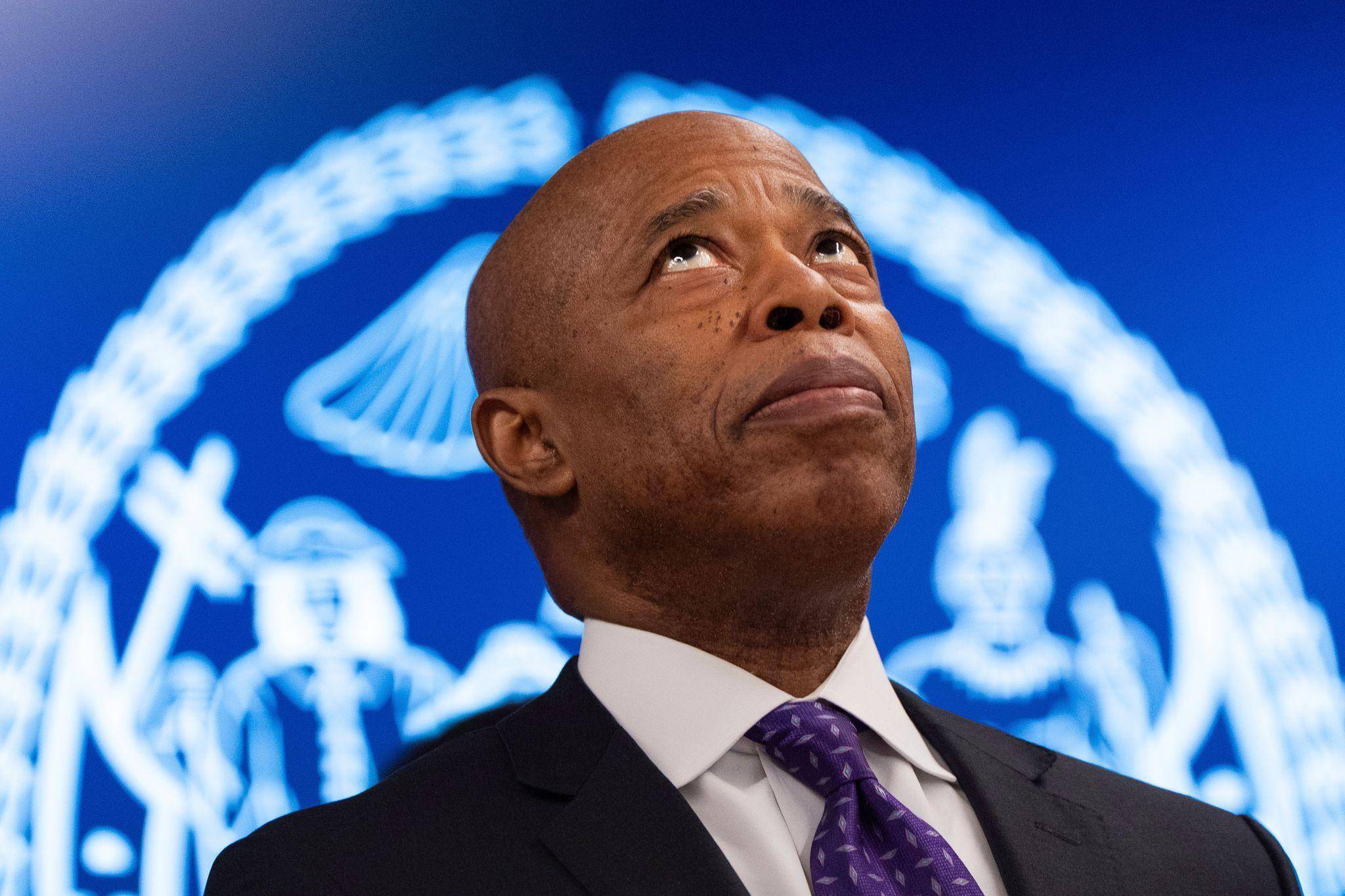Eric Adams: Shaping the Future of New York City

Introduction
Eric Adams, the current mayor of New York City, has become a pivotal figure in shaping the future of one of the world’s most iconic urban centres. Since taking office in January 2022, Adams has faced a myriad of challenges, including public safety, economic recovery, and affordable housing crises. His leadership style and policies are crucial to the city’s recovery and progress, making his role highly relevant in today’s rapidly changing socio-political landscape.
Background on Eric Adams
A former NYPD captain and Brooklyn Borough President, Adams has leveraged his law enforcement experience to address the city’s crime rates, which have seen fluctuations since the onset of the pandemic. He ran on a platform promising to balance public safety with social justice, appealing to both progressive and moderate voters. Adams has frequently spoken about the importance of community engagement and has sought partnerships with local organisations to foster public trust in law enforcement.
Key Initiatives and Policies
Adams has initiated various programmes aimed at tackling pressing issues. One of his primary focuses is on crime reduction strategies. Under his leadership, the city has implemented a community policing model designed to build relationships between officers and residents. In response to the COVID-19 pandemic, he introduced programs aimed at invigorating the economy, such as support for small businesses and initiatives to attract tourists back to the city.
Moreover, the Adams administration has prioritised affordable housing, with plans to construct more units and preserve existing ones, addressing the long-standing issue of homelessness and housing insecurity in NYC. Adams’ initiatives reflect his commitment to ensuring that the city becomes more inclusive and equitable for its diverse population.
Recent Developments
In recent weeks, Adams has faced criticism regarding how his administration has handled migration issues, with an influx of asylum seekers arriving in the city. Critics have called for better coordination between city agencies and more sustainable solutions for accommodating these individuals. The mayor’s response has been to call for federal assistance and to work with various stakeholders to develop a comprehensive plan.
Conclusion
As Eric Adams navigates through these challenging times, his leadership will undoubtedly influence the trajectory of New York City. His ability to balance public safety with community engagement, alongside a focus on economic recovery and affordable housing, will be essential for the city’s future. For residents and observers alike, Adams’ administration will serve as a litmus test for effective urban governance in a post-pandemic world. Moving forward, it will be crucial for the mayor to foster collaboration and transparency, ensuring that all New Yorkers feel heard and supported.
